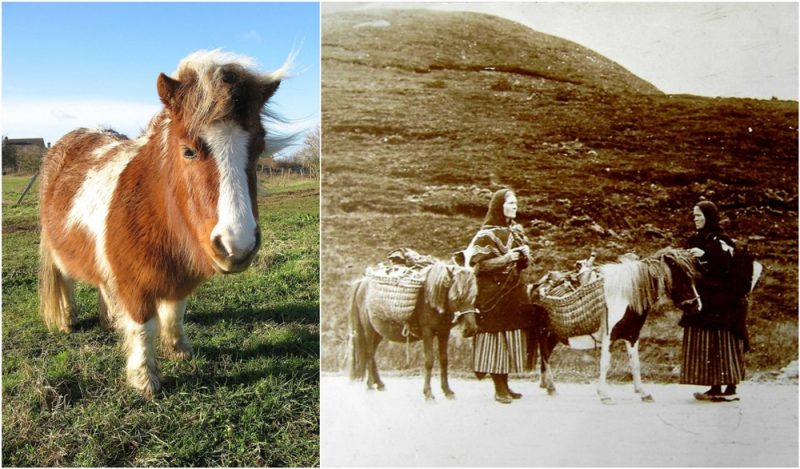Shetland ponies are an incredibly cute yet strong pony originating from a subarctic archipelago called the Shetland Isles, located northeast of mainland Scotland.
They developed their strength by enduring the Shetland’s tough environment, living on a meager food supply and the archipelago’s harsh climate. And their characteristics don’t quite fit their physical appearance because they look absolutely adorable.
What’s most interesting about them is that they were first used for pulling carts, plowing farmland and carrying peat, or coal due to their ability to pull twice their own weight, unlike other draft horses which can only pull approximately half their own weight.
The Industrial Revolution in the mid-19th century increased the need for coal. Due to this, thousands Shetland ponies were moved to mainland Britain to work as pit ponies, working underground hauling coal. The last US pony mine was closed in 1971.
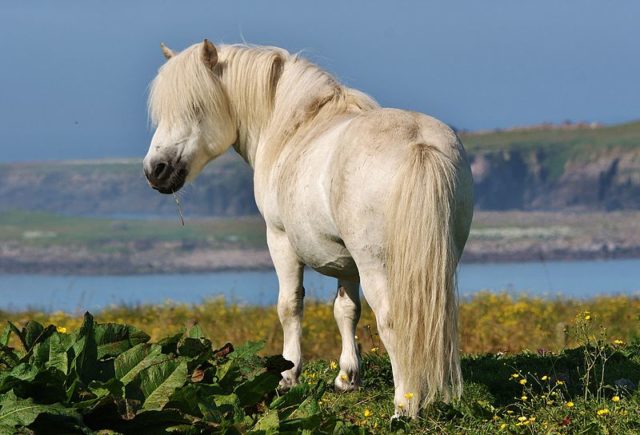
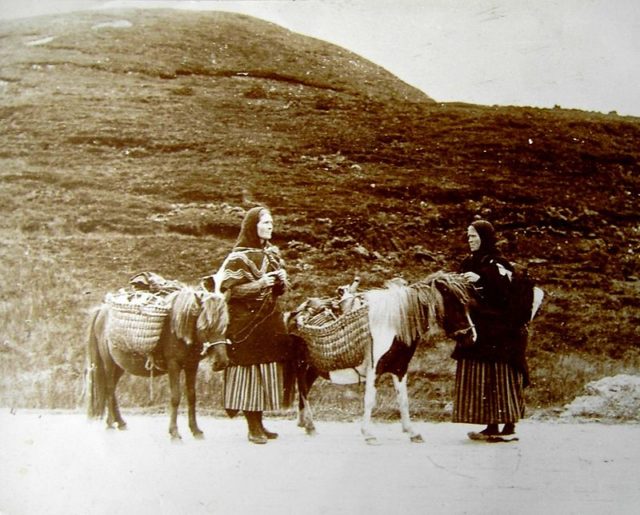
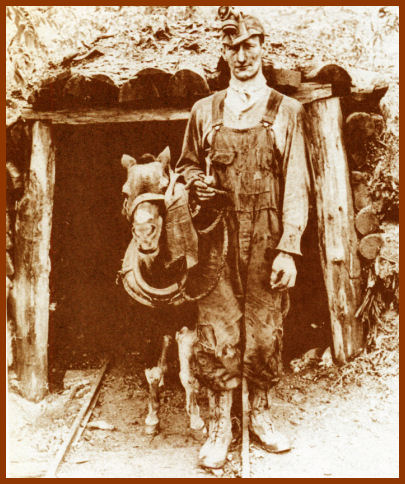
Ponies of the breed have a heavy coat, short legs, widely spaced eyes, alert ears, and intelligent mind. Most of them are black colored, chestnut, cream, roan, palomino, or gray and silver dapple. The minimum height of a Shetland pony appears to be approximately 28 inches, reaching up to maximum 48 inches. As for their lifespan, a Shetland pony can live up to 30 years. However, it’s not unusual for a pony like this to live even longer.
Although Shetland ponies originated from and are mostly found in the UK, they are also quite common across North America and can found in various parts of the world. Besides the original Shetland pony, there’s another type of these beautiful animals called ‘The American Shetland Pony.’
Eli Elliot brought the first Shetland ponies in America in 1885, and their breeding was mainly centered in Illinois, Indiana, and Iowa. However, the American Shetland ponies are different than the original breed because they have a long, thin neck, longer legs, and more refined body.
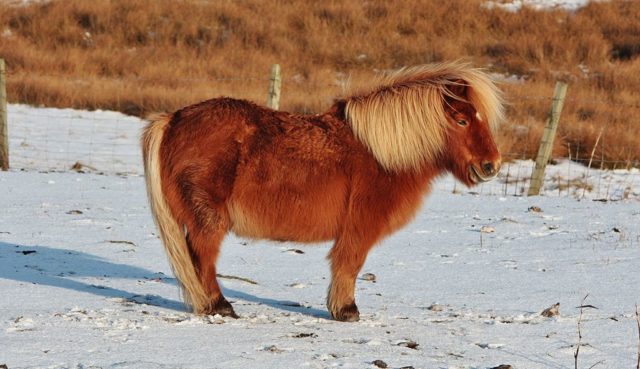
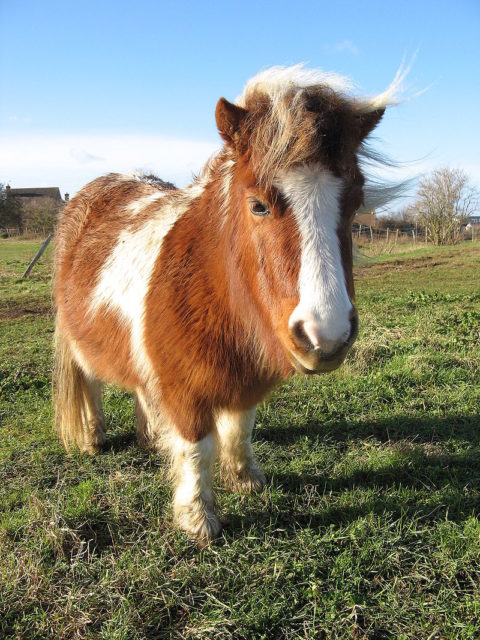
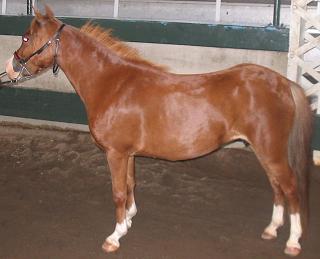
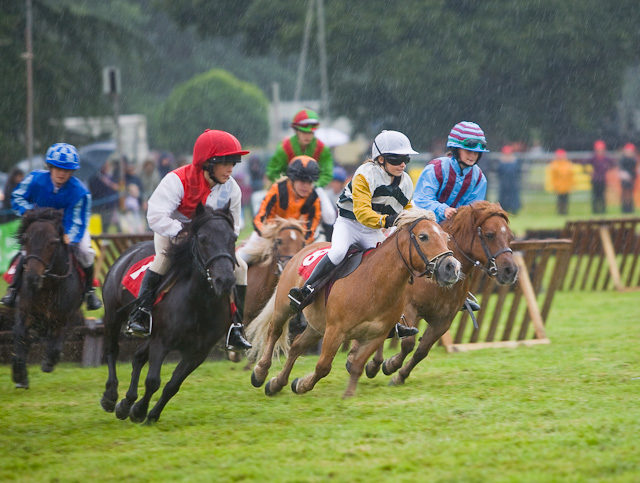
Their difference from the original Shetland ponies is due to mixing with ponies from other breeds, such as Hackney, Harness Show Pony, and Welsh Pony. Ponies of this kind are often used for harness work or as children’s pets.
The American Shetland Pony Club has four types of pony: Shetlands-Modern, Pleasure, Classic and Foundation. The Modern are the tallest and have a high stepping action. Pleasure ponies are similar to the Modern, though their action is more subdued. The Classics are more refined and gentle. However, the last type, Foundation ponies have no Hackney influence and are still less than 3.5 feet tall. As well as the American Shetland Pony Club, several major registries for Shetland ponies across the UK and USA have formed in recent years, due to their popularity.
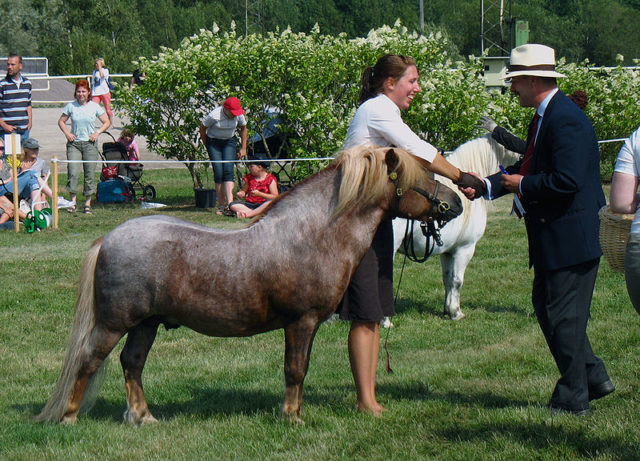
Today, Shetland ponies are ridden by children and adults. People ride them at horse shows, harness driving classes or just for pleasure outside the ring. They’re also used in commercial settings such as fairs and carnivals to entertain and provide a short ride for the visitors. Some of them are exhibited in zoos or used for medical purposes, such as therapeutic horseback riding purposes.
Mini Shetlands are even trained as guide horses and have even replaced the role of trained guide dogs. People who raise them say that besides the ‘cheeky’ character; they’re good-tempered, brave, and being irresistibly cute creatures, easily spoiled.
